Mental health is often described on a continuum, on one end is the ‘healthy’ point and on the opposite end is the ‘ill’ point. At the healthy point, people are mostly content with life, emotionally balanced and able to set/achieve goals. There is a mid-way ‘problem’ point where people begin to experience some distress and struggle to cope, however they are able to perform daily life tasks. At the ill point along this continuum, people struggle to cope with stress and perform daily tasks that they have previously been able to engage in. There are also noticeable changes in emotions, thoughts and behaviour.
Many people worry that mental health problems or illness are fixed, enduring conditions. This is not the case. Recovery and finding new meanings is always possible. However, recovery can mean different things to different people, depending upon the severity of a mental health condition. Typically recovery also means adaptation or adjustment, and a clinical psychologist is skilled in supporting people with recovery in therapy.
The concept of such a continuum is to help identify areas where a person functioning as they usually do or could, so the individual can actively work towards improvement. It also enables people to gauge wellbeing as a whole, including the positives and the difficulties.

Chowdhury, M. R. (2021). What is the Mental Health Continuum Model? Retrieved from https://positivepsychology.com/mental-health-continuum-model/
http://health.nzdf.mil.nz/mind/about-mental-health/the-mental-health-continuum/






